What is Charcot Marie Tooth?
CMT, or Charcot-Marie-Tooth disease, is a hereditary condition caused by a genetic mutation. It primarily affects proteins related to peripheral nerves in the body. Both motor and sensory nerves are impacted, leading to a reduction in muscle contraction ability and sensation, often resulting in peripheral neuropathy—reduced sensation in the feet and hands.
CMT generally affects the hands and feet but may progress to the arms and legs given a long enough time period in some people.
Typically, CMT manifests during adolescence or early adulthood. However, genetic testing can reveal the condition at an early age or even before birth, allowing individuals to determine their risk of developing symptoms.
Orthotics Plus proudly provides Orthotic services to individuals with CMT.
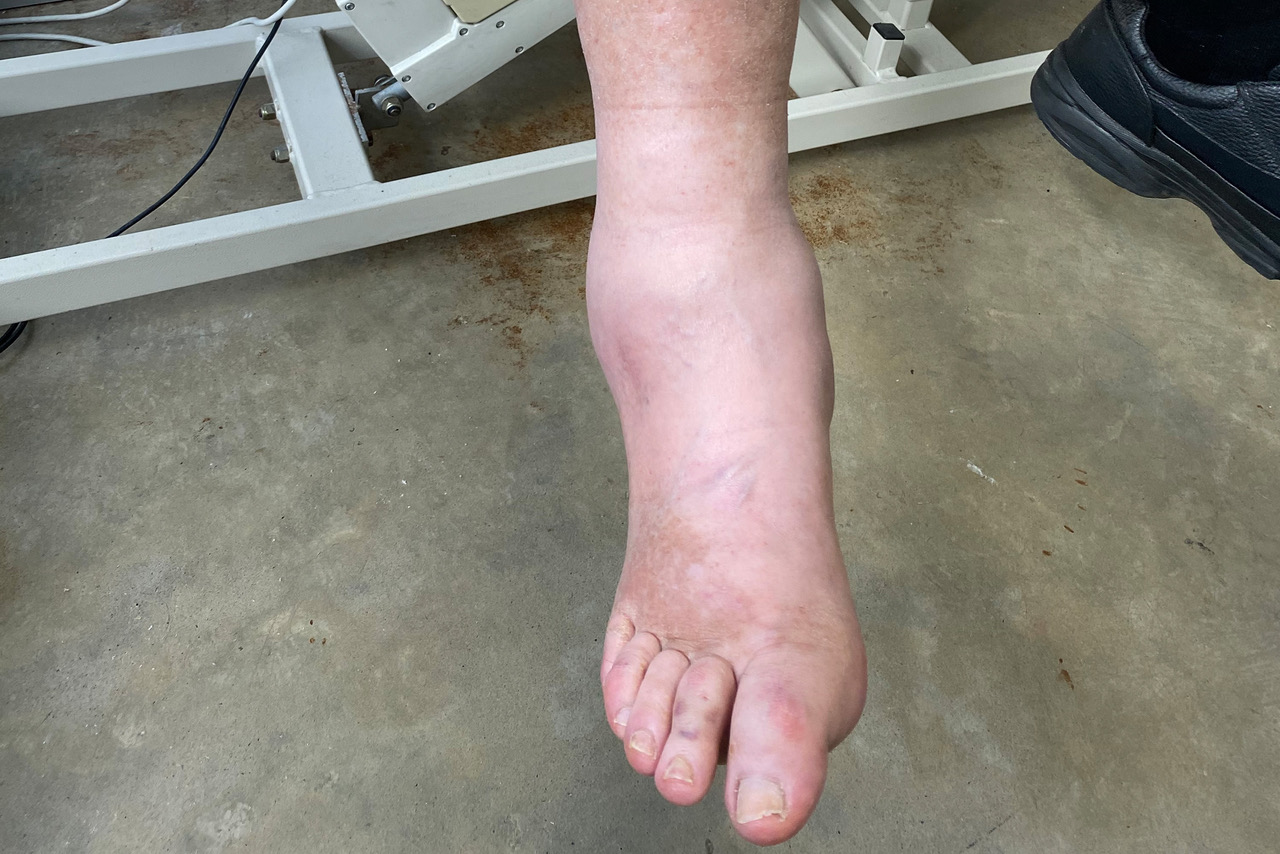
What are the Symptoms of Charcot Marie Tooth?
At Orthotics Plus, we primarily witness:
- Muscle Weakness: Reduced strength in the muscles, particularly those in the legs and feet, leading to difficulties with walking, balance, and fine motor tasks.
- Peripheral Neuropathy: Dysfunction of the peripheral nerves, resulting in sensory disturbances, such as numbness, tingling, and loss of sensation in the hands and feet.
- Hammer Toes: A condition where one or more toes are bent downward at the middle joint, resembling a hammer’s shape. This can lead to discomfort and difficulty fitting into shoes.
- Cavus Foot (High Arch): An abnormally high arch of the foot, which can cause instability and pain when walking. It is often associated with CMT.
- Drop Foot: Difficulty lifting the front part of the foot, causing it to drag while walking. This can lead to tripping and falls.
- Pain in Feet and Hands: Individuals with CMT may experience pain, discomfort, or cramping in their feet and hands due to muscle weakness and nerve damage.
These symptoms can vary in severity among individuals with CMT, and the condition may progress slowly over time. It’s essential for individuals experiencing these symptoms to seek medical evaluation and care for proper diagnosis and management.
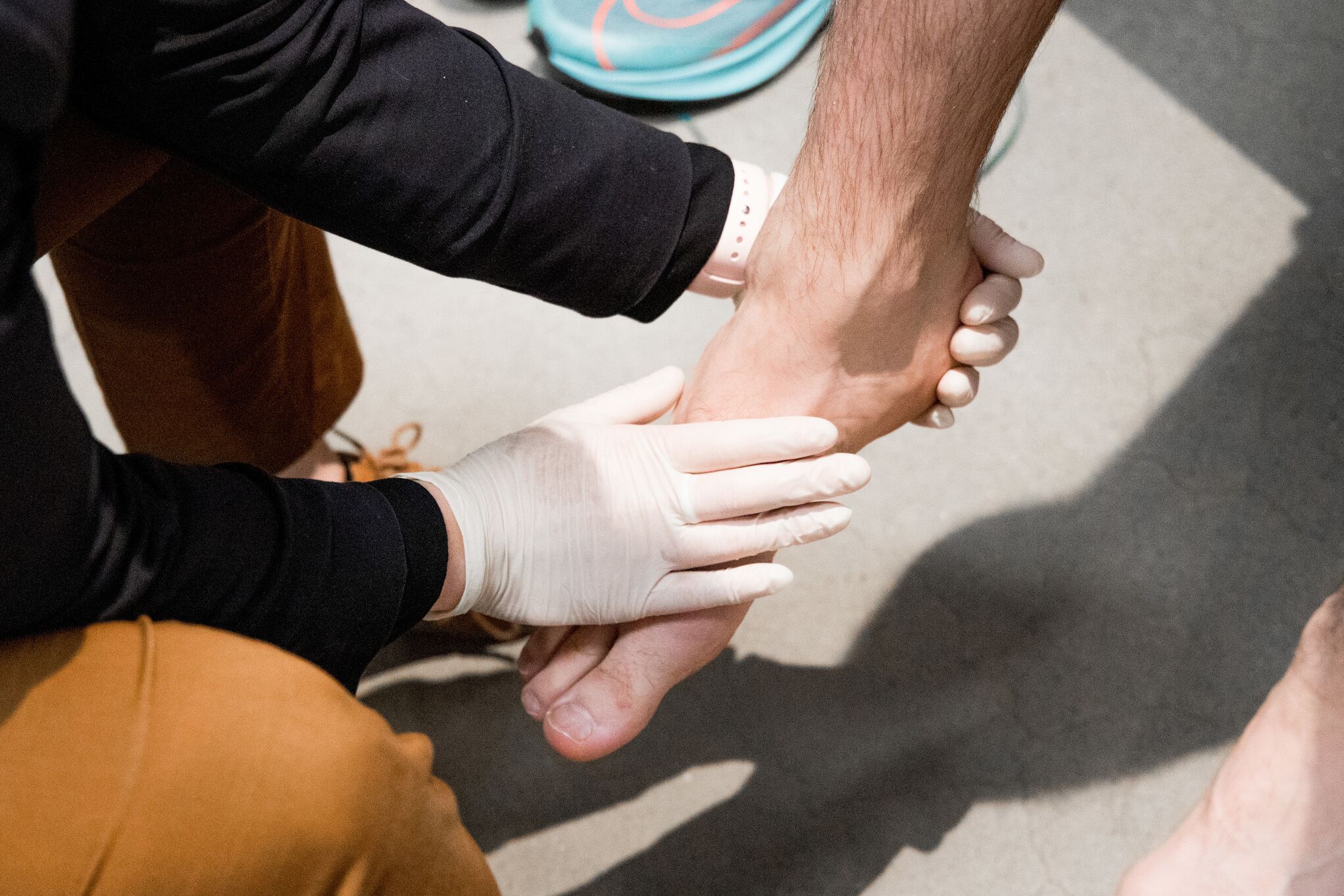
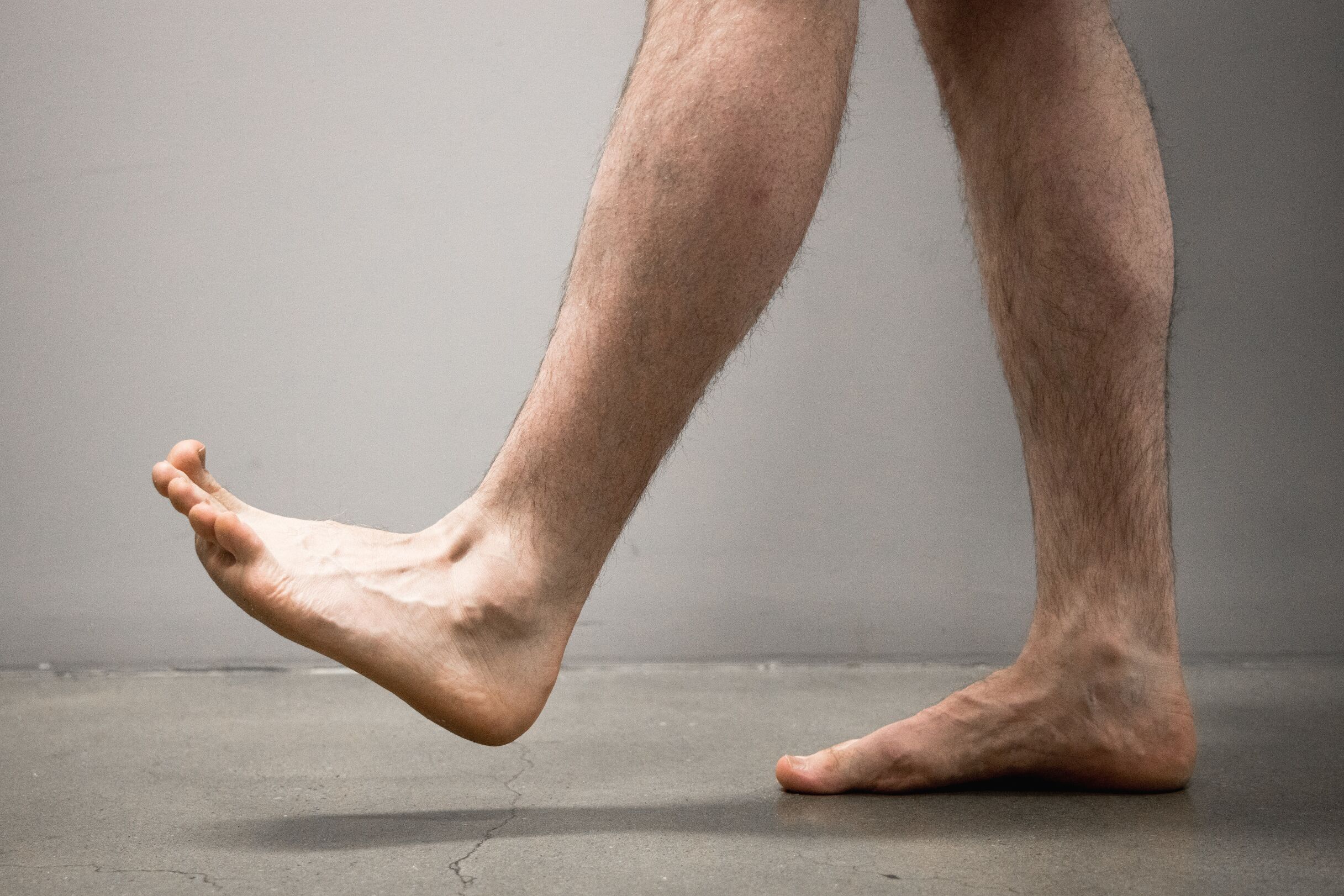
How Do Orthotists Typically Treat Patients with CMT?
Our caring team treat Charcot-Marie-Tooth disease (CMT) by providing various interventions to address the specific challenges associated with the condition, namely –
- Ankle-Foot Orthoses (AFOs): In cases of drop foot or instability, we often recommend AFOs. These devices not only help correct drop foot to prevent the foot from catching on the ground as the patient swings their leg through, but also optimise foot posture and alleviate pressure points. They are designed to enhance ankle stability, reduce pain and discomfort, and improve overall mobility.
- Foot Orthotics: Depending on the severity of the condition, foot orthotics may be utilised. For individuals with a high-arched or cavus foot posture, our Orthotists can create custom foot orthotics. These orthotics may include lateral wedges and padding to offload pressure from specific areas of the foot, providing comfort and support.
- Footwear: Orthotists pay close attention to footwear choices. They ensure that the patient’s shoes are suitable for accommodating AFOs or orthotics. Additionally, we may modify footwear by adding lateral flares to prevent the foot from rolling outward and maintaining a more stable foot position.
- Progressive Care: CMT is a degenerative disease, and its impact can change over time. Orthotists work with patients on an ongoing basis, adjusting their treatment plans as needed. This may involve starting with foot orthotics and later transitioning to ankle braces or AFOs as the condition progresses.
The goal of orthotic treatment for CMT is to improve mobility, reduce pain, enhance stability, and minimise the impact of the condition on daily life. Orthotists play a crucial role in customising interventions to suit each patient’s unique needs.

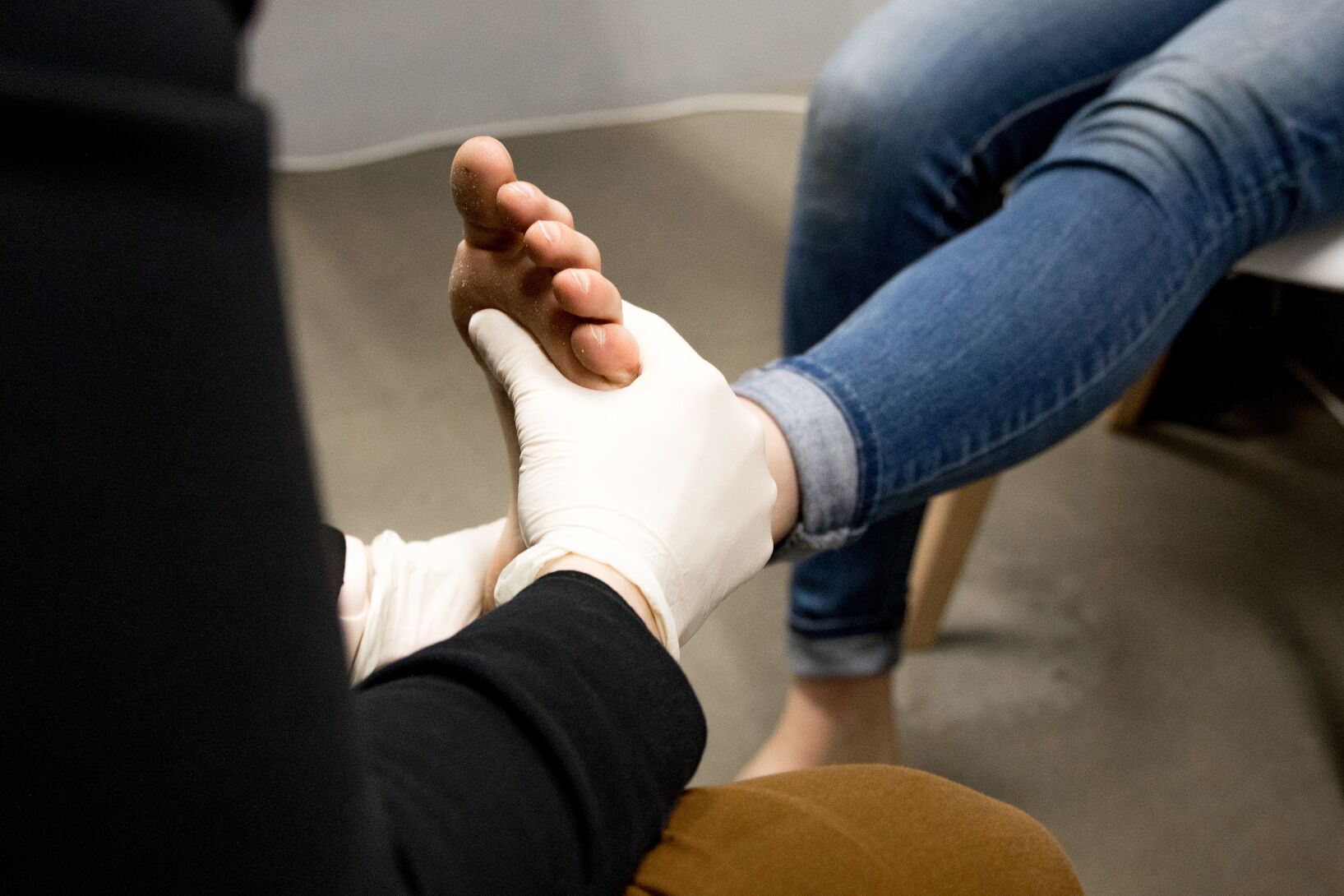
Advanced Care at Orthotics Plus
The primary concern with CMT is effective pressure control due to the high arch, which causes a concentration of weight and force on the lateral aspects of the AFO. This places individuals at a heightened risk of pressure-related issues and can lead to challenges with shoe fit. Managing pressure areas within the AFO can be complex, but solutions such as internal ankle straps can help.
For those who tend to roll their feet outward (even within a well-fitted AFO), we use internal ankle straps. These involve creating a small slot on the outer side of the AFO, allowing a strap to span across and guide the patient’s foot inward. Instead of permitting outward rolling.
These straps serve as controlling devices. Unlike hard plastic pressing against bony areas, they consist of leather, offering posture control without the discomfort of a rigid surface pressing against bones.
In many cases, we can anticipate pressure issues before the fitting process begins. We understand that the foot naturally wants to move in one direction while we aim to guide it in another.
As a result, we avoid applying pressure to bony spots and focus on accommodating soft tissue. However, if patients report discomfort, display red marks, or develop calluses in specific pressure-prone areas after AFO fitting, it becomes evident that adjustments are needed.
For many patients early in their diagnosis or without excessive ankle instability, a very low profile AFO design such as a posterior leaf spring AFO can be used which can be worn in low profile shoes.
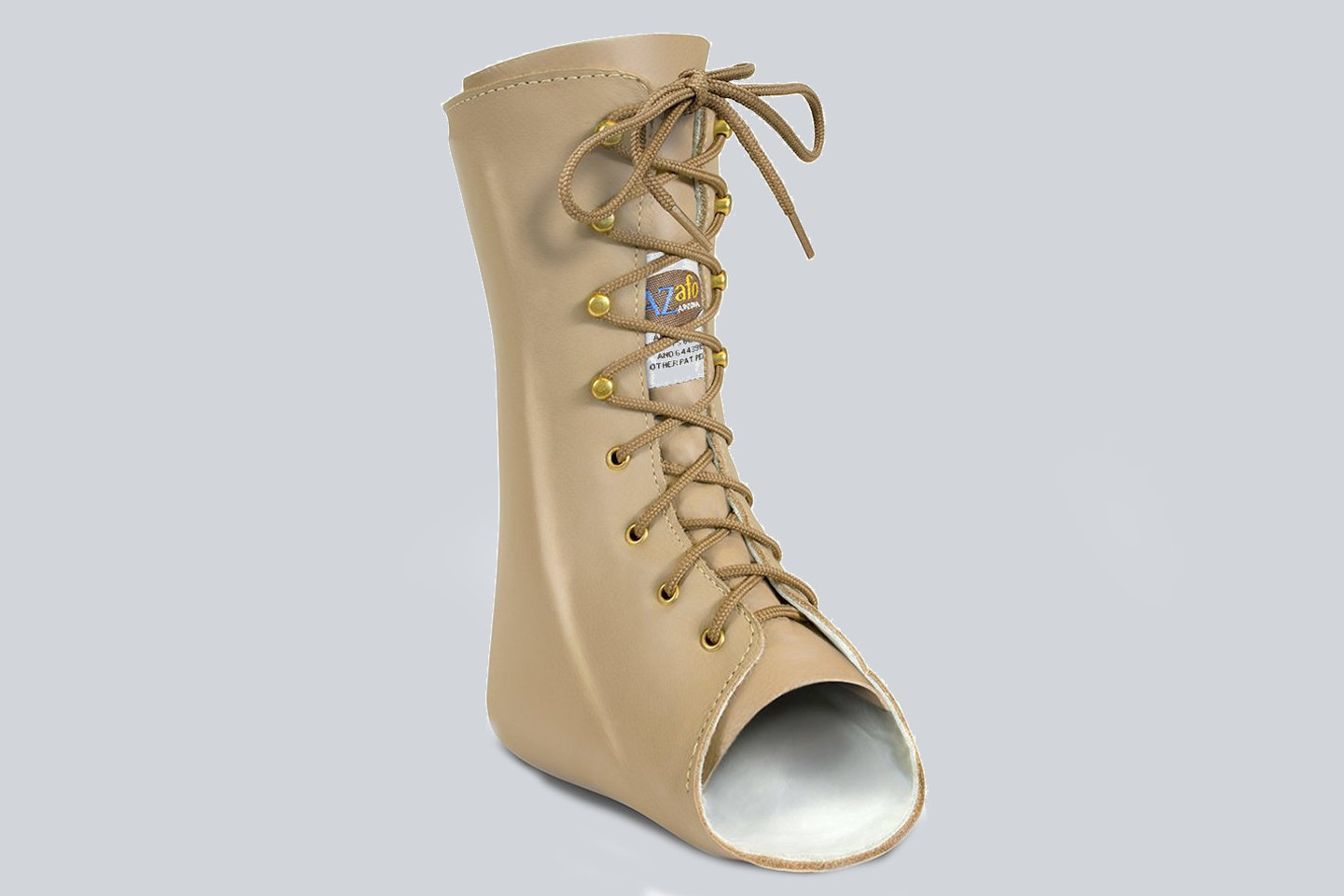
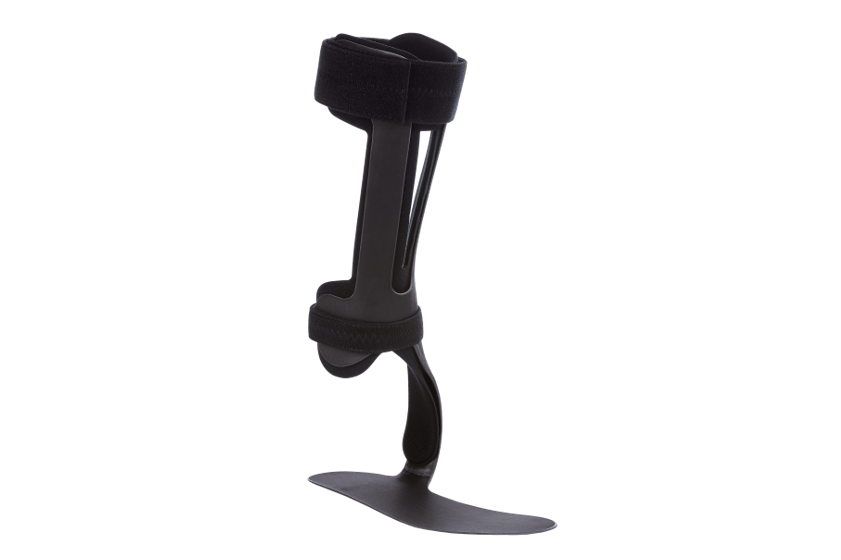
Why Choose Orthotics Plus?
We welcome your enquiry to provide you with expert Orthotic care for you or your loved one!
- We are NDIS registered
- We have multiple clinic locations around Melbourne
- We are experienced with conditions such as CMT
- We are fully Australian-owned and operated
Please use our clinic locations page to get in touch!
View Clinic Locations Call (03) 9077 6414
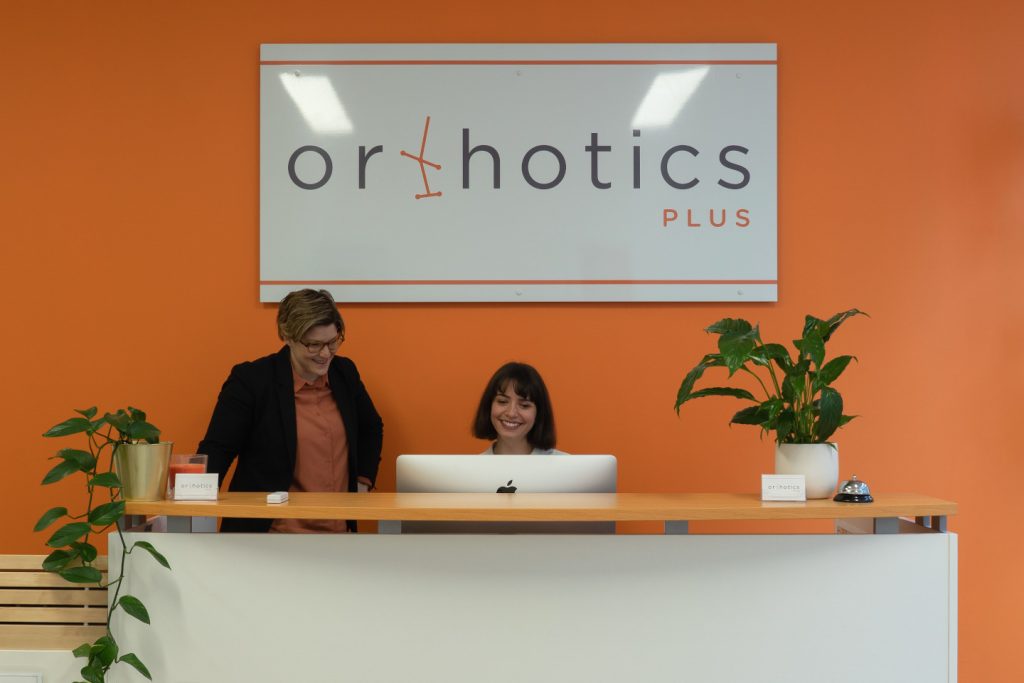
FAQ
Initially, the focus is on physiotherapy to encourage the patient’s muscle control and strength.
Foot orthotics, a less invasive intervention, may also be introduced to support this goal. One consideration is to minimise external supports and empower the patient’s muscles to perform the necessary functions.
Therefore, the treatment typically begins with less intrusive methods, such as foot orthotics and shoe modifications. As the patients grow older and the disease progresses, there may be a transition towards more controlling devices like ankle-foot orthotics.
Dealing with laces can be challenging when finger weakness has progressed to the point of diminished fine motor skills. To address this, alternatives like a BOA system, zipper shoes, magnetic laces, or Velcro can be considered. These adjustments are designed to promote independence for individuals who have lost fine motor skills in their upper limbs.
Magnetic laces are a pre-laced device that requires only one hand to open. By bringing the two ends together, the magnet secures the closure of the shoe.
The different, yet similar BOA dial involves a wire that wraps around the BOA mechanism, tightening the laces as you turn the dial. This system completely replaces traditional laces and can be fastened with rivets. On the other hand, magnetic laces have the laces threaded through the magnets, with predetermined tension, and are closed simply by connecting the left and right sides with the magnet.
We can add these to most regular shoes, or assist with selecting shoes which have these features already.
In an inspiring series of events, Orthotics Plus has worked with a patient who received a challenging prognosis at the age of 40, with doctors telling her that she would likely require a wheelchair due to CMT.
However, at the age of 49, she is still proudly walking on her own with AFO support.
This case encourages us to promote the idea that individuals with CMT can lead active lives for much longer than once believed.